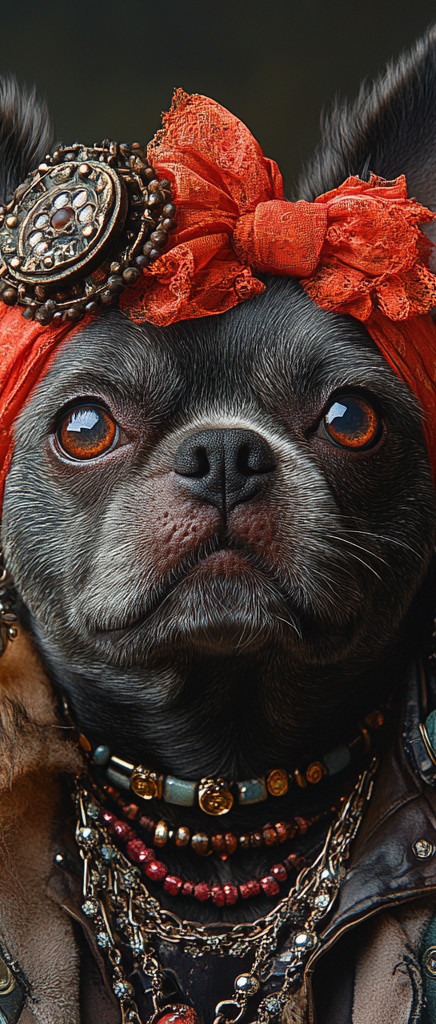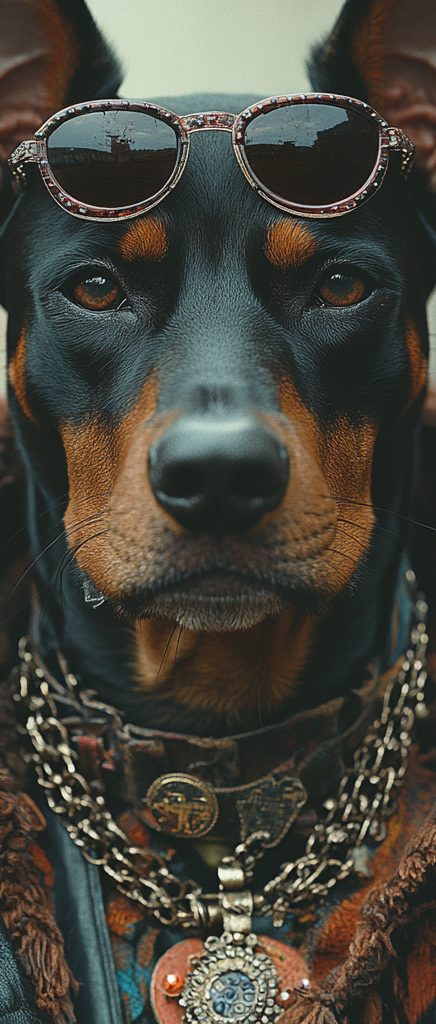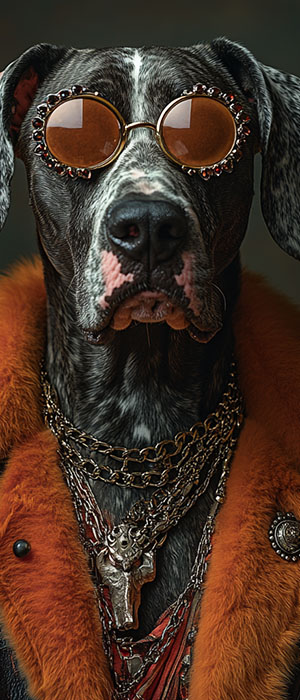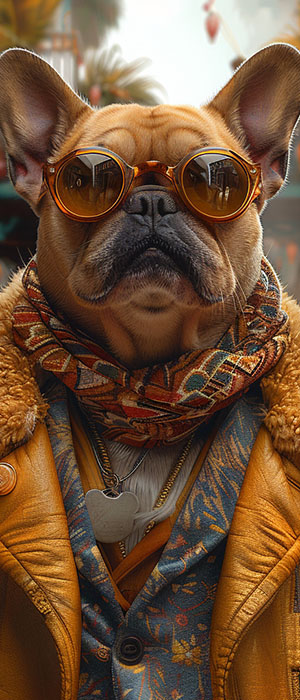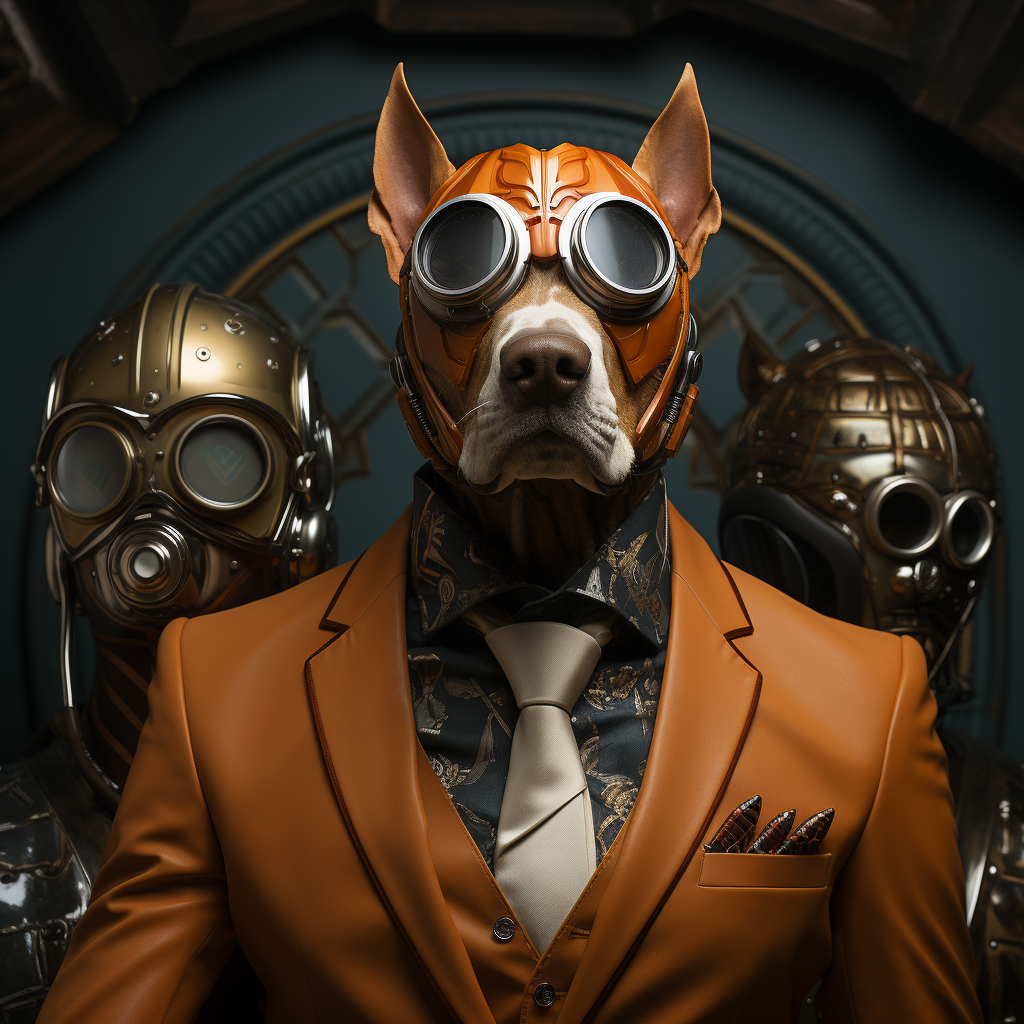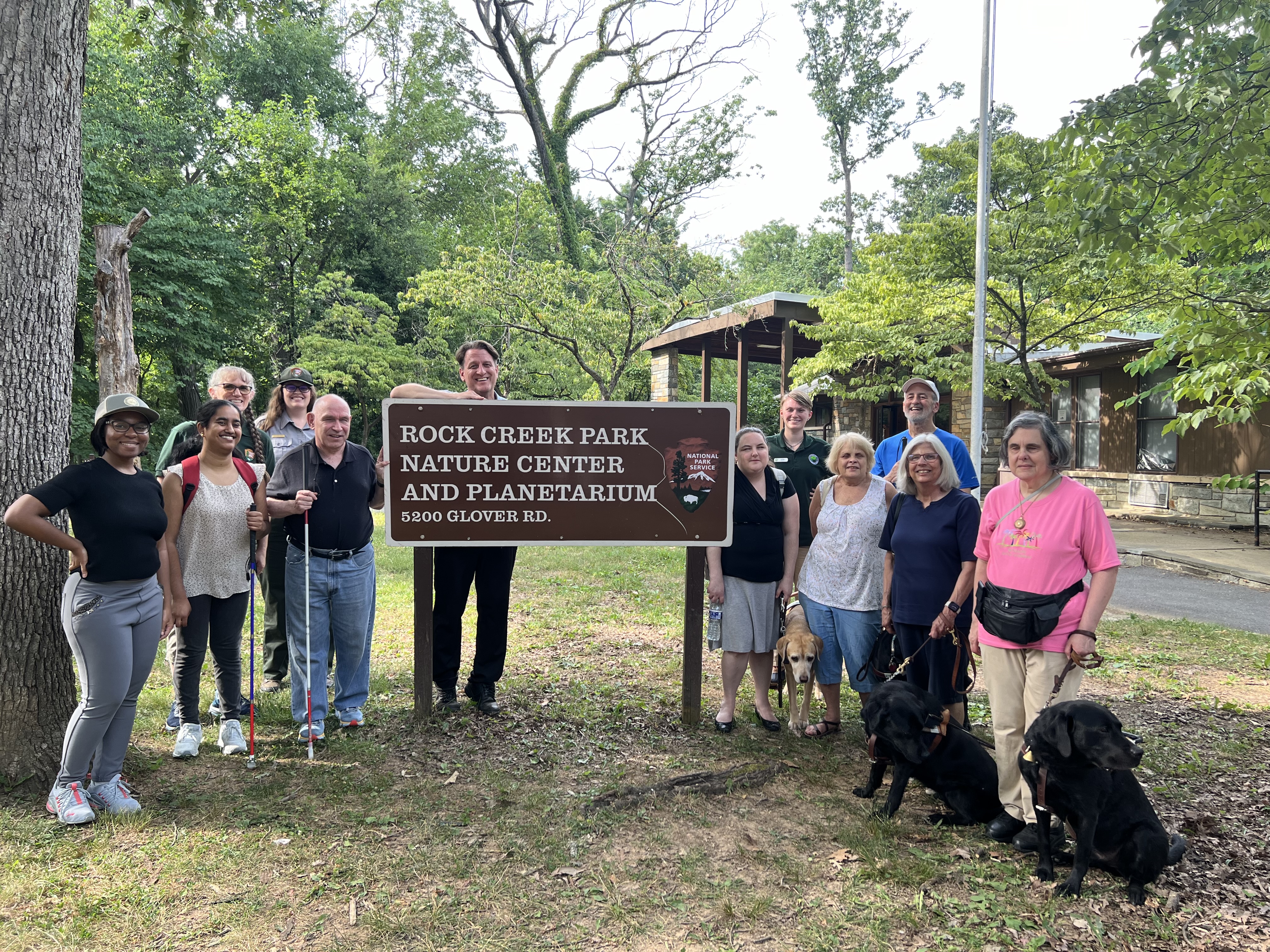
DESCRIBING: A horizontal color photograph taken June 25, 2024
DESCRIPTION: A group photo of a dozen of the participants in a UniDescription field-research test at Rock Creek Park, standing around a large brown and metal sign that reads "Rock Creek Park Nature Center and Planetarium, 5200 Glover RD." In the background of this scene, there is a wooded area, filled with trees and a large building that serves as a visitor center.
Directly behind this metal sign is Dr. Brett Oppegaard, the principal investigator of the UniDescription project and a professor from the University of Hawaii. He is a 53-year-old white man with short brown hair. His head can be seen above the sign, and his legs, in black pants and with black shoes can be seen below the sign. He facilitated the discussions during the event.
Behind him, and to his right, are two NPS staff members who also were involved in organizing the field trip: Autumn Cook, a U.S. National Park Service Public Affairs Specialist at Rock Creek Park, and Tera Lynn Gray, an Accessibility Specialist at the Harpers Ferry Interpretive Design Center.
American Council of the Blind members pictured are: Swatha Nandhakumar, ACB's Advocacy and Outreach Specialist, Claire Stanley, ACB's Director of Advocacy and Governmental Affairs, and members Pat Sheehan, Cindy LaBon, Susan Crawford, Doug Powell, and Jane Carona, along with three guide dogs. In the photo as well are NPS interns Cameron Waiters and Jordan Land, who helped with the on-site logistics of the event.
Our Keystone Project
UniDescription
Audio Description Production
UniDescription is our flagship project that we have spent over a decade creating. Through UniD, we have created a strong community of audio describers, reviewers, park rangers, librarians, and folks from all walks of life that just want to make the world a more-accessible place.
- We helped train staff and create audio described brochures at 200+ National Parks in 45 states.
- We created 40+ peer-reviewed papers, posters, and presentations.
- We Received over 1 million dollars in federal and corporate grant support.
The box of brochures that came in the mail was like a packet of seeds that planted these ideas, but the UniD (“UniDescription”) Project officially started in the fall of 2014, when principal investigator Dr. Brett Oppegaard moved from Washington State University Vancouver to University of Hawai‘i. During this transition, he was working with Michele Hartley at Harpers Ferry Center on accessibility issues related to printed National Park Service products, such as the “Unigrid” brochures, and started envisioning the potential of mobile technologies to remediate and translate those static texts into acoustic forms. Once in Manoa, he began collaborating with two scholars who have spent their careers focused upon issues of accessibility, Dr. Megan Conway and Dr. Thomas Conway, then both serving in the UH Center on Disability Studies. For source material, Hartley sent the UH-based research team the aforementioned suitcase-sized box, filled with hundreds of brochures. And that's when this adventure really took off.
Go to UniDescription.org
